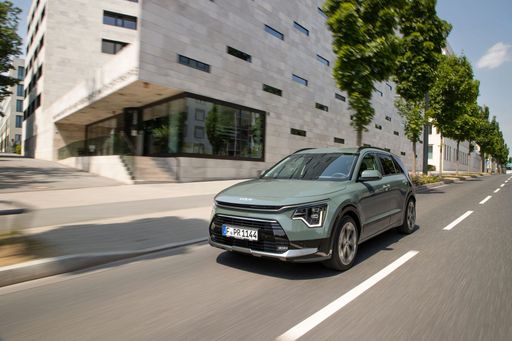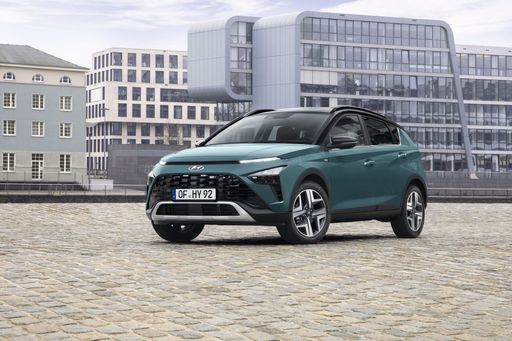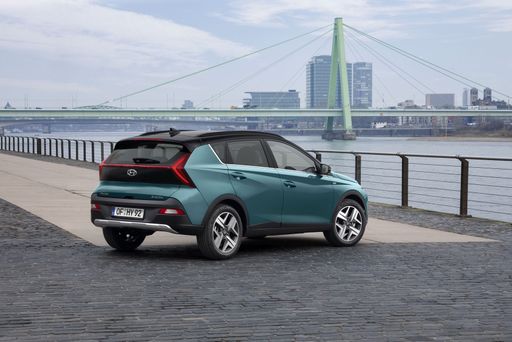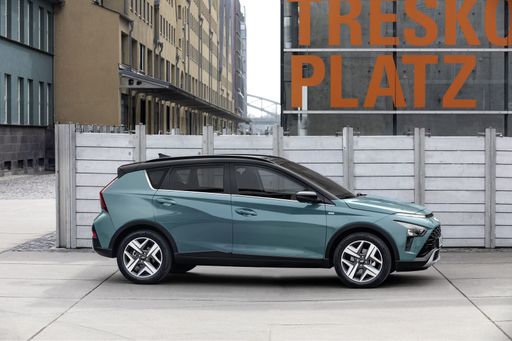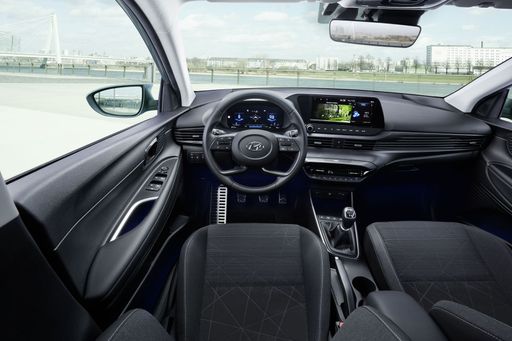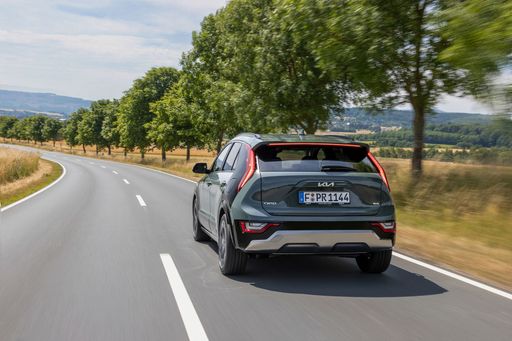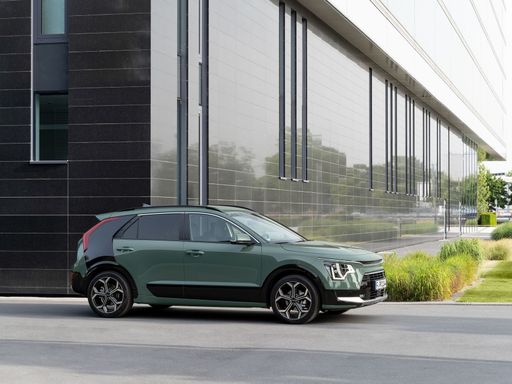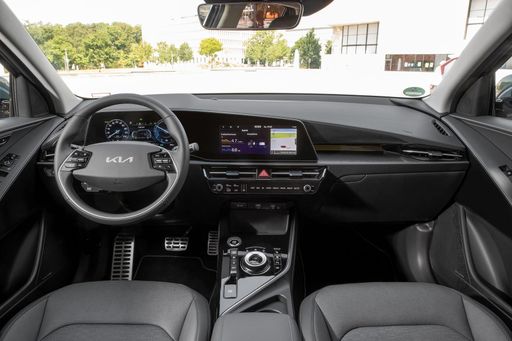A Battle of Innovation: Hyundai Bayon vs. Kia Niro
In the competitive world of compact SUVs, the Hyundai Bayon and Kia Niro have emerged as front-runners, each boasting a unique blend of practicality, efficiency, and cutting-edge technology. As they cater to the modern driver’s needs, we delve into a detailed comparison of these two dynamic vehicles, examining their technical specifications and innovative features.

